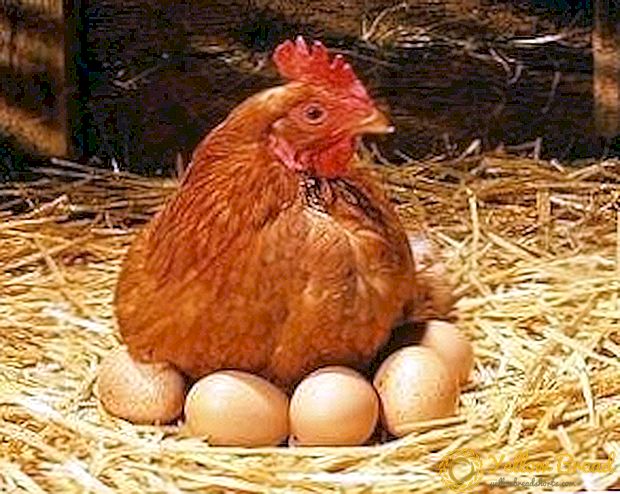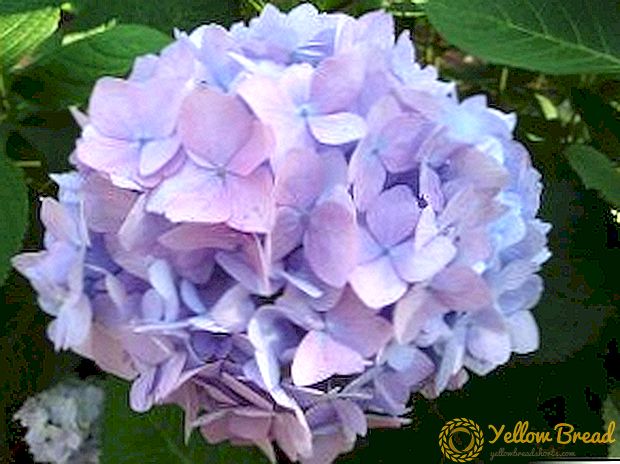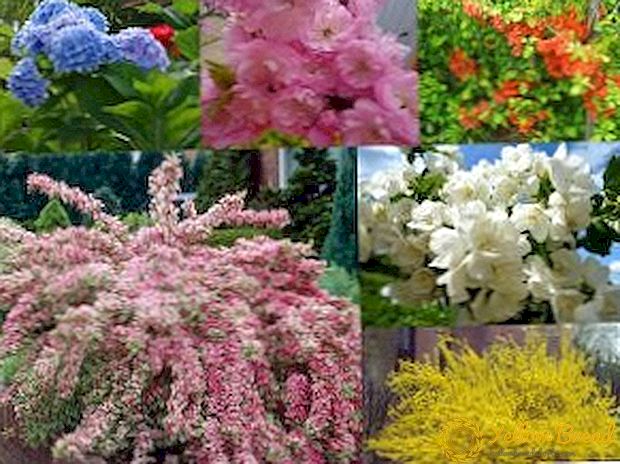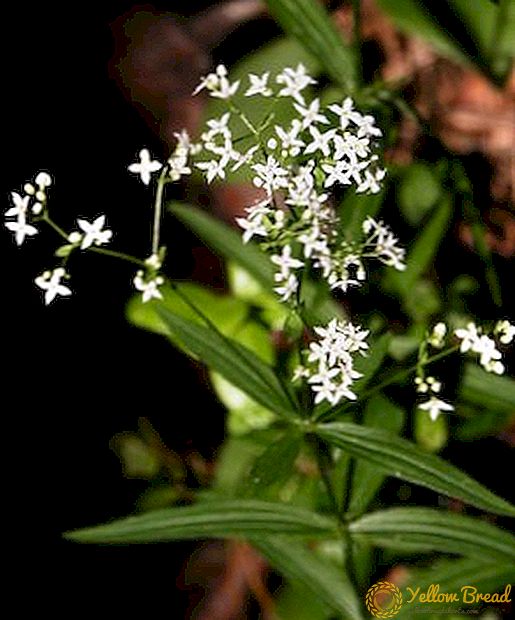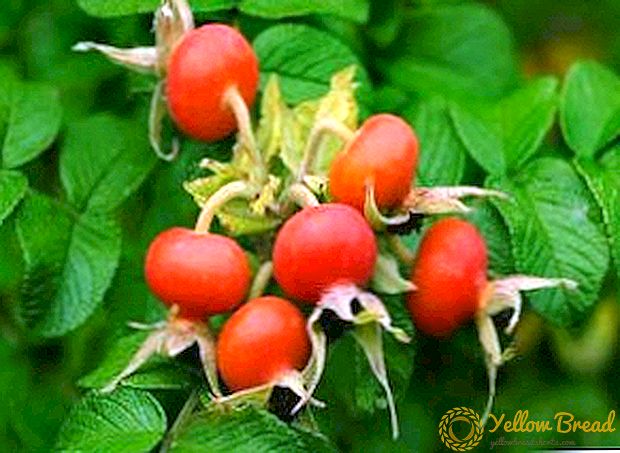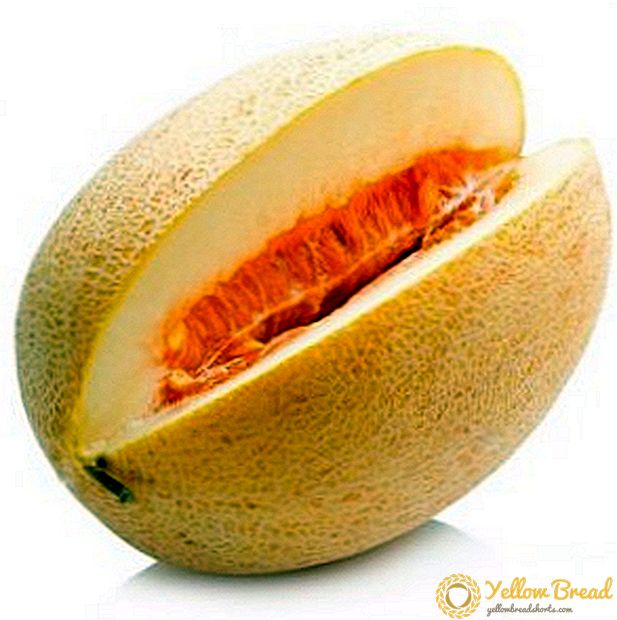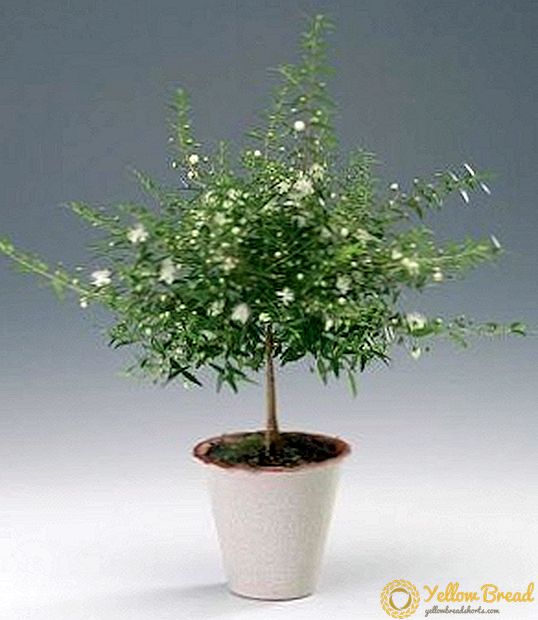 Eucalyptus (Eucalýptus) is often perceived as one of the largest trees in the world, known for its healing properties, because its phytoncides kill harmful bacteria and disinfect the air. Due to the same reasons, the plant got its second name - “wonderful tree”.
Eucalyptus (Eucalýptus) is often perceived as one of the largest trees in the world, known for its healing properties, because its phytoncides kill harmful bacteria and disinfect the air. Due to the same reasons, the plant got its second name - “wonderful tree”.
However, in reality this is not one tree, but a whole genus of evergreen trees and shrubs. Some of the species can be grown at home. If in natural conditions the height of the tree reaches 100 m, then the houseplant, as a rule, will not grow above 2 m, so it is gaining more and more popularity among housewives.
- Genus description
- Types for home cultivation with a photo
- How to create conditions for eucalyptus
- Location and lighting
- Room temperature and humidity
- Optimum soil
- How to grow a tree from seed
- Care rules
- Watering
- Fertilizer
- Pruning
- Transfer
- Diseases, pests, cultivation difficulties
Genus description
Eucalyptus belongs to the myrtle family, its homeland is Australia. Its main feature is the rapid absorption of moisture, thanks to this property such plants are grown in many countries around the world to drain water bodies.
The tree has a smooth, sometimes multi-colored bark, which changes annually, unlike other plants that change leaves. Due to the change of bark, the trunk seems to be bare, that is why eucalyptus is also called “shameless”.
The leaves of the plants of this genus are green, elongated, located on the branches in absolutely different ways. Most eucalyptus trees have a lush crown, which eventually turns into several branches and leaves.  It blooms in the fall in the third and fifth year of life with large white or pale red flowers. The characteristic smell that emanates from the tree can be heard even at a great distance.
It blooms in the fall in the third and fifth year of life with large white or pale red flowers. The characteristic smell that emanates from the tree can be heard even at a great distance.
Types for home cultivation with a photo
There are more than 700 varieties of eucalyptus plants, but only two are intended for home cultivation:
Eucalyptus Gunn - Slow-growing tree, which has a dull green round leaves, lush crown and trunk of orange-pink color. It grows over 4 years, each year becoming 50 cm higher.Thus, the tree reaches a height of 2 meters; Lemon room eucalyptus - it is distinguished by a well-perceptible pleasant smell with notes of lemon, verbena, lemon balm and thyme. The leaves of the tree are oblong, have a green color.
Lemon room eucalyptus - it is distinguished by a well-perceptible pleasant smell with notes of lemon, verbena, lemon balm and thyme. The leaves of the tree are oblong, have a green color.
How to create conditions for eucalyptus
Indoor eucalyptus needs to create the right conditions for its growth and development, as it does not take root everywhere.
Location and lighting
All types of eucalyptus plants love light and sunlight. Indoor “inhabitants” are not an exception, but it should be noted that a serious approach to training and adapting a plant to the sun is important, since it can get burned.  The best location for home eucalyptus will be the south window. In summer, you can take a tree to a balcony or courtyard, and in winter you need to put it on the brightest place in the house.
The best location for home eucalyptus will be the south window. In summer, you can take a tree to a balcony or courtyard, and in winter you need to put it on the brightest place in the house.
Room temperature and humidity
Under natural conditions, this is a resistant tree that can survive light frosts, for an indoor plant the optimum temperature is 10-25 ° C.Since such a tree is content with normal humidity of the air, it is not necessary to spray it, it is even dangerous.
Optimum soil
If the humidity of air for eucalyptus is not very important, then the moisture in the soil, on the contrary, is of great importance. In order to maintain an optimal level of moisture in the soil where the tree will grow, it must be of high quality. As a rule, this soil is rich in minerals, with a large layer of drainage. For effective cultivation of eucalyptus at home, it is recommended to plant it in the ground, consisting of:
- sod land;
- humus;
- peat land;
- river sand.
Ground and sand mixes are also used, taken in equal parts. 
How to grow a tree from seed
Eucalyptus can be grown from seedlings and from seeds. Since seedlings root poorly, seeds are most often used. It is easy to get them: such seeds are in almost every flower shop. It is best to plant a tree at home in February-March, alternately following steps:
- Prepare a mixture of sand and earth in equal quantities.
- Fill it with temporary containers (width - about 10 cm, height - about 15 cm).
- Lightly moisten the soil.
- Sow the seeds on its surface (2-3 pieces per container).
- Maintain a temperature of 18 ° C.
- Four days do not water.
After transplanting, do not water again for four days, then water daily with moderate doses of water. After three weeks, the plants will get stronger, and it will be possible to transplant them into permanent pots with soil from turf land, humus, peat and river sand. 
Care rules
Grow lemon eucalyptus or eucalyptus Gunn at home - this is only half the battle, because then the plant requires attention and careful maintenance. However, even with proper care, the probability that the tree will begin to bloom outside the natural conditions is small.
Watering
In spring, summer and autumn requires abundant watering. Constantly it is necessary to maintain the soil moisture in the pot, while avoiding overflow.
In winter, the amount of water should be reduced: add only when the top layer of soil becomes dry. Under the pot with a plant you can put a pallet with a wet filler.
Fertilizer
The plant needs additional feeding between spring and autumn every two weeks. Fertilizer should be complex, with a large amount of minerals and vitamins, and low in phosphorus, because phosphate fertilizers eucalyptus can not tolerate. 
Pruning
Caring for eucalyptus at home also includes cutting the main stem of the plant, which is done every year in the spring, so that the tree grows in height.
After pruning, eucalyptus releases young shoots, forming a wide shrub. In order to crown the tree was more lush, you can pinch these shoots.
If you want to limit the growth of the tree or adapt it to a small tank, you can prune the roots during transplantation.
Transfer
Young eucalyptus plants must be replanted every spring, when new leaves begin to appear and roots are woven over the ground in a pot. Older trees need to be transplanted once every two years, because their growth is no longer so intense.
When transplanting eucalyptus, it is important not to plant it too deep in the soil. The pot should be of medium size, so that the plant in it is neither crowded nor very spacious.
Once the tree reaches a very large size, you can not replant it, but simply change the top layer of the soil. 
Diseases, pests, cultivation difficulties
In general, this representative flora is resistant to diseases due to its antiseptic properties. For the same reason, various kinds of pests are rarely infested on eucalyptus.
If, due to improper care, the tree was attacked by a scythe, aphid or spider mite, they should be removed with a sponge and the plant treated with special purchased insecticides.
Improper care of the plant leads to the appearance of other problems besides diseases and parasites:
- lack of light can lead to the fact that the shoots of eucalyptus will begin to stretch, and the leaves will be small;
- due to poor watering, the leaves of the tree wither and curl;
- the cause of spots on the leaves is a sharp movement of the plant to a too sunny place;
- stagnant air or drafts in the room where the tree grows - the cause of slow growth.
Eucalyptus - a plant that is easy to grow at home from seed. This is a light-loving tree that requires proper care and regular watering.  The healing properties of eucalyptus plants are used for the prevention and treatment of many diseases, especially respiratory diseases. The presence of such a tree at home - a guarantee of clean air and a pleasant smell in the house.
The healing properties of eucalyptus plants are used for the prevention and treatment of many diseases, especially respiratory diseases. The presence of such a tree at home - a guarantee of clean air and a pleasant smell in the house.

